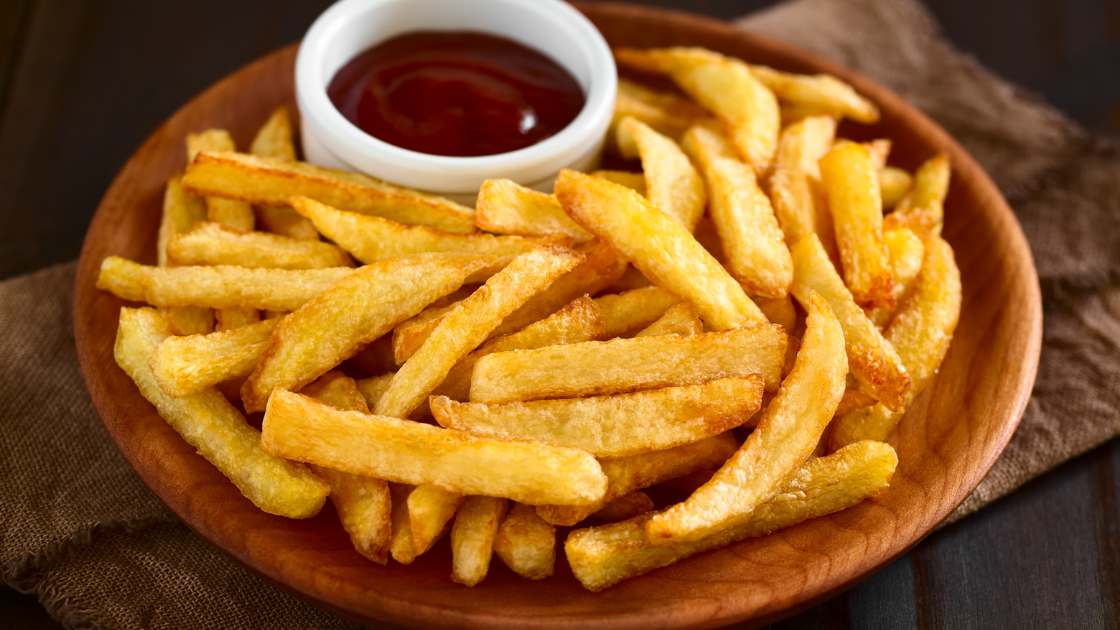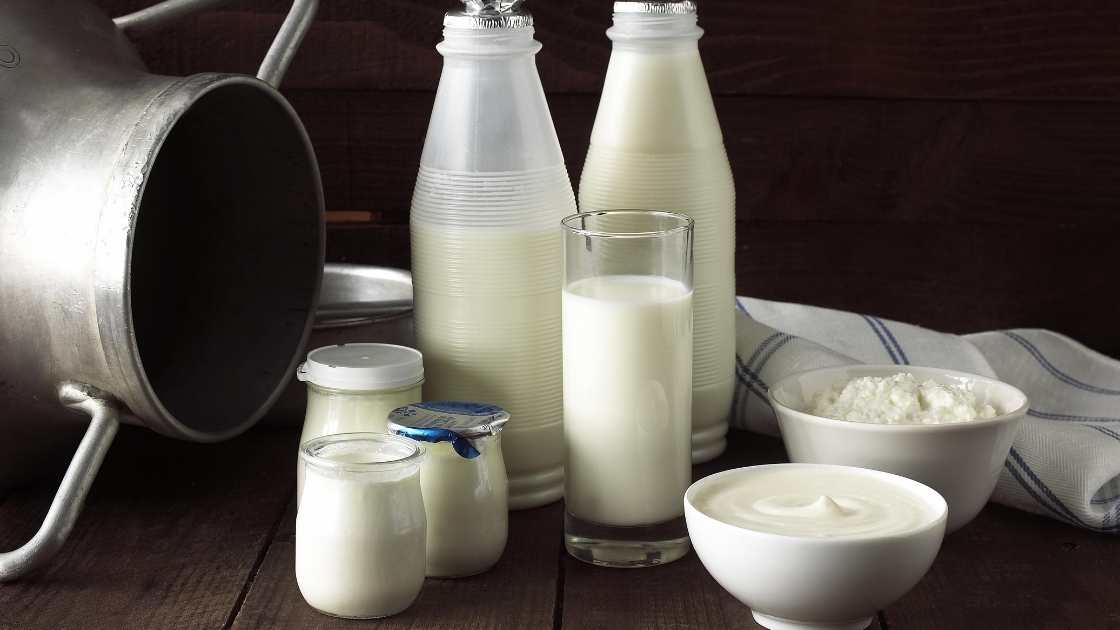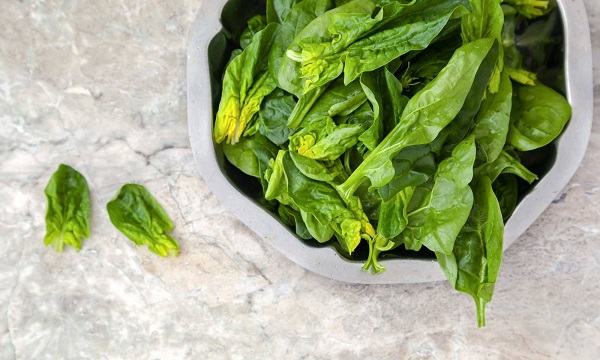The Role of Firewood in Crafting Authentic BBQ in Athens Alabama
When it comes to barbecue in Athens, Alabama, the flavor goes beyond the sauce and seasoning. The real magic happens in the smoke. What fuels the fire for that authentic, mouthwatering taste? It’s the firewood. Choosing the right wood can completely transform your BBQ experience, whether you’re grilling at home or savoring a plate from a local barbecue restaurant. Let’s dive into how different woods bring their own unique touch to the art of BBQ.
Hickory Bringing That Bold and Smoky Punch
Hickory is often the go-to for many BBQ enthusiasts looking to give their meats a strong, smoky flavor. If you’re enjoying a BBQ in Athens, Alabama, chances are you’ve experienced the power of hickory smoke. This wood packs a punch, bringing out a bold taste that pairs perfectly with hearty cuts like pork shoulder and ribs.
When smoking with hickory, the flavor it imparts can be a game-changer. The intensity of the smoke seeps into the meat, creating layers of rich, smoky goodness that you can almost feel in every bite. For those who love a deep, robust flavor, hickory doesn’t disappoint. But be cautious—not everyone prefers it strong, so finding the right balance in a barbecue restaurant can be key to keeping diners happy.
Oak The Steady Heat for Perfect Slow-Cooking
Oak is a classic choice for slow-cooking, and it’s no wonder why. This wood burns steadily and provides consistent heat, which is essential for long, slow smokes. In the world of barbecue, patience is everything, and oak allows for that low and slow cooking process that gives meats their tender, juicy finish.
Unlike hickory, oak’s smoke isn’t overpowering. It’s mild enough to complement the natural flavors of the meat without stealing the spotlight. This makes oak a favorite among many BBQ pitmasters in Athens, Alabama, especially when cooking larger cuts like brisket. The steady burn means you won’t have to babysit the fire, and your BBQ will come out perfectly smoked every time.
Mesquite Packing a Sharp and Intense Flavor Hit
Mesquite wood is for those who want a BBQ with a bite. This wood burns hot and fast, so it’s often used for grilling rather than long smoking sessions. But when used right, mesquite can bring an intense, earthy flavor that is unmistakably bold. If you’ve ever taken a bite of BBQ that has a sharp, woodsy flavor, mesquite was probably involved.
However, using mesquite in a BBQ restaurant or even at home requires some finesse. Its strong flavor can quickly become overpowering if used in excess. But for quick cooks or when you want to add a touch of intensity to your BBQ, mesquite is hard to beat. In Athens, Alabama, some BBQ joints use mesquite sparingly to create a distinct flavor profile for certain dishes.
Pecan Adding a Sweet and Subtle Twist to the Smoke
Pecan wood brings a delightful sweetness to BBQ. It’s like hickory’s more refined cousin—strong but not too aggressive. The mild sweetness it provides makes pecan an excellent choice for smoking poultry and pork, giving the meat a rich, nutty flavor without overwhelming it.
The beauty of pecan wood lies in its versatility. It can be used alone or blended with other woods to create a custom smoke flavor. Many BBQ restaurants love to use pecan when they want to add a touch of sweetness to their dishes without compromising the smokiness. For anyone enjoying a barbecue in Athens, Alabama, a pecan-smoked pork loin or chicken is a treat you won’t forget.
Applewood Infusing a Light and Fruity Undertone
If you’re after a more delicate flavor in your BBQ, applewood is your answer. Known for its light and fruity undertones, applewood is perfect for smoking chicken, turkey, or even fish. The subtle sweetness of the wood adds a gentle flavor to the meat, enhancing it rather than masking its natural taste.
Applewood is also a favorite in many BBQ restaurants because of its versatility. It pairs well with most meats and doesn’t overpower the dish. If you’ve ever tasted a perfectly smoked, juicy chicken breast and wondered how it could have that hint of fruitiness, applewood was likely at play. In Athens, Alabama, where BBQ is an art form, using applewood adds a unique, almost refreshing twist to traditional smoky flavors.
Cherrywood Crafting a Rich and Sweet Finish
Cherrywood is another fantastic option for those who prefer a sweeter, richer finish to their BBQ. It’s slightly stronger than applewood but still carries that signature sweet aroma that makes it perfect for pork and poultry. The smoke from cherrywood can even give meats a gorgeous, reddish hue, making it as visually appealing as it is flavorful.
Cherrywood’s mild sweetness balances well with other woods like oak or hickory. When blended, it creates a complex, multi-layered flavor that enhances the overall BBQ experience. For those in Athens, Alabama, seeking out a BBQ restaurant that uses cherrywood can add a new dimension to your meal, especially if you’re a fan of sweet and savory contrasts.








